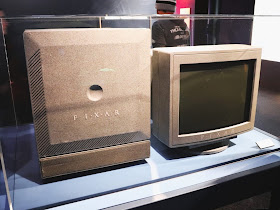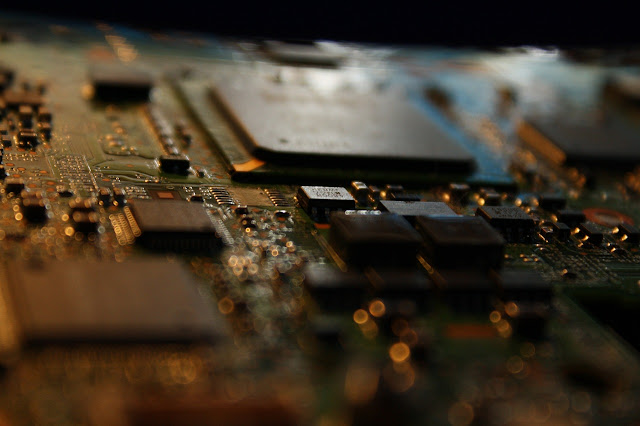Unlock the Power of the Samsung Galaxy Watch 6 Classic
Immerse yourself in the world of smart technology with the Samsung Galaxy Watch 6 Classic, a device that seamlessly blends classic style with modern functionalities. In this article, we'll explore the features and capabilities of this smartwatch, designed to adapt to your active and connected lifestyle.
From fitness tracking to sleep monitoring and heart health, the Galaxy Watch 6 Classic offers a comprehensive experience that helps you stay fit, healthy, and connected at all times. Join us as we unravel the multiple facets of this innovative device and discover how it can enhance your day-to-day life.
A SMART WATCH WITH CLASSIC STYLE:
The Galaxy Watch 6 Classic combines timeless elegance with modern functionality. Its iconic design features a distinctive rotating bezel that seamlessly integrates with your personal style. Not only does it look great, but the rotating bezel also provides easy access to all your favorite apps, ensuring a smooth and intuitive user experience.
KEEP YOUR GOALS ON TRACK:
With advanced fitness tracking capabilities, the Galaxy Watch 6 Classic helps you reach your fitness goals. Whether you're running, swimming, or participating in over 90 different exercises, the watch tracks your duration, distance, calories burned, and more, giving you valuable insights into your workout performance.
GET IN THE ZONE:
Personalize your workout experience with personalized heart rate zones. The watch analyzes your health data to provide heart rate zones tailored specifically to your needs, allowing you to focus on your preferred intensity and maintain the heart rate necessary to achieve your fitness goals effectively.
SLEEP COACH ON YOUR WRIST:
Improve your sleep habits with the help of Advanced Sleep Coaching. Plan your bedtime, detect snoring, and gain insights into your sleep stages, including awake, light, deep, and REM sleep, all from the convenience of your wrist.
ALWAYS-ON HEART MONITOR:
Stay ahead of your heart health with continuous heart rate monitoring. The Galaxy Watch 6 Classic scans your heart rate continuously, detecting irregular rhythms that may indicate atrial fibrillation, a heart-related anomaly that requires attention.
KNOW YOUR BODY INSIDE & OUT:
With the advanced BIA sensor, the Galaxy Watch 6 Classic provides comprehensive insights into your body composition. Get readings on body fat, skeletal muscle, body water, BMI, and more, empowering you to make informed decisions about your health and well-being.
KEEP CONNECTED ON THE GO:
Seamlessly sync your Galaxy Watch 6 Classic with your other Galaxy devices to stay connected wherever you go. From playing music and controlling your smartphone camera to making calls and sending texts, stay connected and in control from your wrist.
PUT YOUR STYLE ON DISPLAY:
Showcase your personal style with the stunning display of the Galaxy Watch 6 Classic. Featuring durable glass, the watch's screen remains protected from bumps and scratches while showcasing your unique style.
CHANGE YOUR LOOK IN A SNAP:
Customize your Galaxy Watch 6 Classic to match any mood or style with a wide variety of interchangeable bands. With just one simple click, change your band to create a new look, then choose from a variety of new and enhanced watch faces to complete your style transformation.














